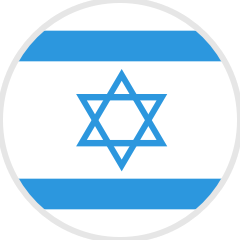Updated 11/15/2022
I’ve been getting some really great questions via the contact form, and I thought some of the answers might be helpful for others. So I’m taking some of the questions and answers and putting them here.
Today, we’ll cover a few questions regarding grammar.
This is the first of three reader Q&A blog posts. Check out Part 2 and Part 3 here.
Grammar
Q: How do you use Anki to work on grammar?
A: Most of the time, I use fill-in-the-blank-style cards – the sort of stuff you’d see in any grammar workbook (in fact, I usually just copy a few examples from whatever grammar workbook I end up buying):
Front: Right now, he (to walk) to school. Back: Right now, he is walking to school.
Front: Right now, he is walking ___ school. Back: Right now, he is walking to school.
Q: What about verb conjugations? Do you do conjugation tables?
A: You can see up above that I use some fill-in-the-blanks, but that’s not ideal for every conjugation of every verb (it’d make an awfully large number of cards). It depends on the complexity of the verbs as to how many I pack into one card – at this point, I aim to have one new fact per card whenever possible. So for regular verbs, I’ll have one example verb, say, donner in French (to give), where I’ll really lay it out:
6 cards: (I, you, he, we, you (pl), they):
je (donner) -> je donne tu (donner) -> tu donnes il (donner) -> il donne nous (donner) -> nous donnons vous (donner) -> vous donnez ils (donner) -> ils donnent
I may even go backwards to really solidify it:
(donne) –> je, il donne (donnes) -> tu donnes, etc.
Then, for future verbs that fit the donner pattern, I’ll just use 1–2 cards per verb. I might split the singular and plural conjugations just to reinforce it a bit more, but my brain’s just connecting the new verb with the pattern I’ve learned already, so it counts as one fact.
For irregular verbs, I’ll split it apart depending on how much I think I can easily remember in a card. It depends on just how irregular it is. I get more convinced every day that the more you can split facts apart into simpler chunks, the better.
Q: Russian grammar is a complete animal. What kind of approach are you using so you don’t have to constantly calculate case endings?
A: I drill case endings individually using example words of various genders and endings (all forms of работа, стол, чай, время, окно, море), and then I use fill in the blank cards to help drill which case goes where in normal sentences.
Remember, you can now reach language proficiency by downloading the Fluent Forever app and signing up for Coaching right here.
Ready to make serious progress in your target language? Check out our 11 pro tips for the fastest way to learn a language.
[shareaholic app="share_buttons" id="28313910"]
















